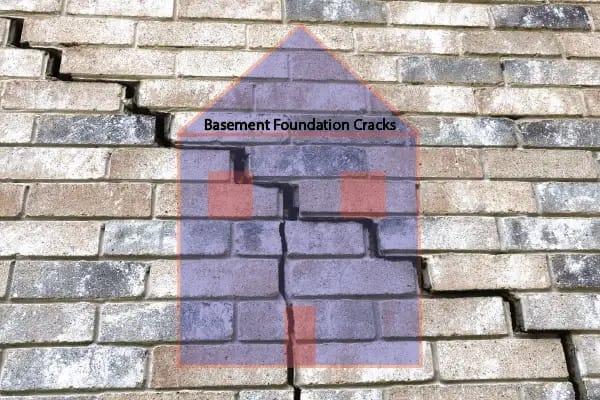The Best Guide To Best Basement Waterproofing
The Best Guide To Best Basement Waterproofing
Blog Article
The Ultimate Guide To Best Basement Waterproofing
Table of ContentsA Biased View of Best Basement WaterproofingAll About Best Basement WaterproofingThe Ultimate Guide To Best Basement WaterproofingFascination About Best Basement WaterproofingWhat Does Best Basement Waterproofing Do?
uses excavation methods towards the bottom of the structure's foundation. entails getting rid of wetness after it has actually gotten in the basement. AdvantaClean's skilled experts and technicians will certainly locate the water resource. If wall surface or slab fractures are present, we will certainly infuse polyurethane and epoxies right into the fractures and secure the compromise, stopping more moisture from going into.Installing cellar air flow systems, conditioning systems, or basement dehumidifier systems to get water out of your basement. Picking AdvantaClean's cellar waterproofing solutions is an effective means to deal with dampness and protect against mold and mildew from compromising the structure of your home and the health and wellness of your family.
If there's condensation on the outside of the aluminum foil, you have high humidity in your cellar. If the aluminum foil has condensation on the inside surface area (next to the wall), the dirt around your house might be normally damp from a high water table or poor dirt drainage.
You can waterproof just your indoor walls, which might solve the trouble. Once they dry, they stick completely to concrete and stonework wall surfaces.
4 Easy Facts About Best Basement Waterproofing Described
Concrete water resistant coverings can't be applied to previously painted surfaces; inspect the label. Understood as densifiers, they are appropriate only for walls that have not been repainted or secured.
Yet you brush, roll, or spray it on far more heavily one gallon covers simply 75 square feet, not the 300 square feet regular with basic paint. Water-proof paint is great for DIY application. You can use it over repainted surface areas, and paint over it once it's treated (one gallon expenses $37).
It can set you back $10,000 to $15,000, relying on the job required. Exterior waterproofing involves digging deep into around your house to the complete depth of the foundation wall surfaces, then installing a water resistant finishing or membrane topped by drain panels. The panels offer an easy path for water to move to an external French drain at the end of your structure.
Some Of Best Basement Waterproofing
We've all been caught in a tornado without umbrella or raincoat. And it's always a recipe for calamity: every little thing's damp, your hairdo is ruined, and things are obtaining musty. A basement without waterproofing is type of like that. Minus the wrecked coiffure component. Your cellar does not intend to experience a rainstorm without appropriate security equally as high as you don't wish to.

Outside waterproofing is a waterproofing approach that includes sealing your home from the exterior. The structure walls are after that cleaned up, sealed, and covered with a water resistant membrane or sealant.
Some Known Factual Statements About Best Basement Waterproofing
It's a much more engaged process that calls for digging up your backyard, which is expensive and time-consuming. Outside waterproofing involves getting rid of whatever bordering your home, including porches, driveways, sidewalks, landscaping, air conditioner devices, decks, and so forth. click resources If any of the work was done incorrectly and water is still entering your cellar, there isn't much you can do to remedy or repair it.
Interior cellar waterproofing entails waterproofing from the within. Any kind of water that leakages into your cellar is redirected before it touches your floor.
It's an efficient approach to waterproof your basement. The disadvantage of interior cellar waterproofing mainly concerns the installation process. This approach requires stored items, furnishings, and built-in shelving or cupboards to be moved from touching the basement wall surfaces. And during setup, your cellar Continue can't be used. The greatest difference between the two techniques is this: Outside waterproofing is a preventative solution and indoor waterproofing is a restorative service.
3 Simple Techniques For Best Basement Waterproofing
To conclude, outside and indoor basement waterproofing are both effective methods of protecting your home from water damages. Outside waterproofing creates a barrier that prevents water from entering your home, while indoor waterproofing reroutes water that does enter your home. And it is essential to keep in mind that exterior waterproofing is a pricey and disruptive setup process when compared to indoor waterproofing.
Whichever approach you select, make certain you select a reputable and credible contractor for the work. Both techniques require seasoned workers to handle the work. If you have any type of questions concerning basement waterproofing, please get to out to us. And if you remain in our service location and have water in your cellar, call us for like this a cost-free, no-obligation home examination.
You can fill up out our kind here. Best Basement Waterproofing, start a conversation in the bottom right-hand corner, or call us at 1-800-827-0702
Report this page